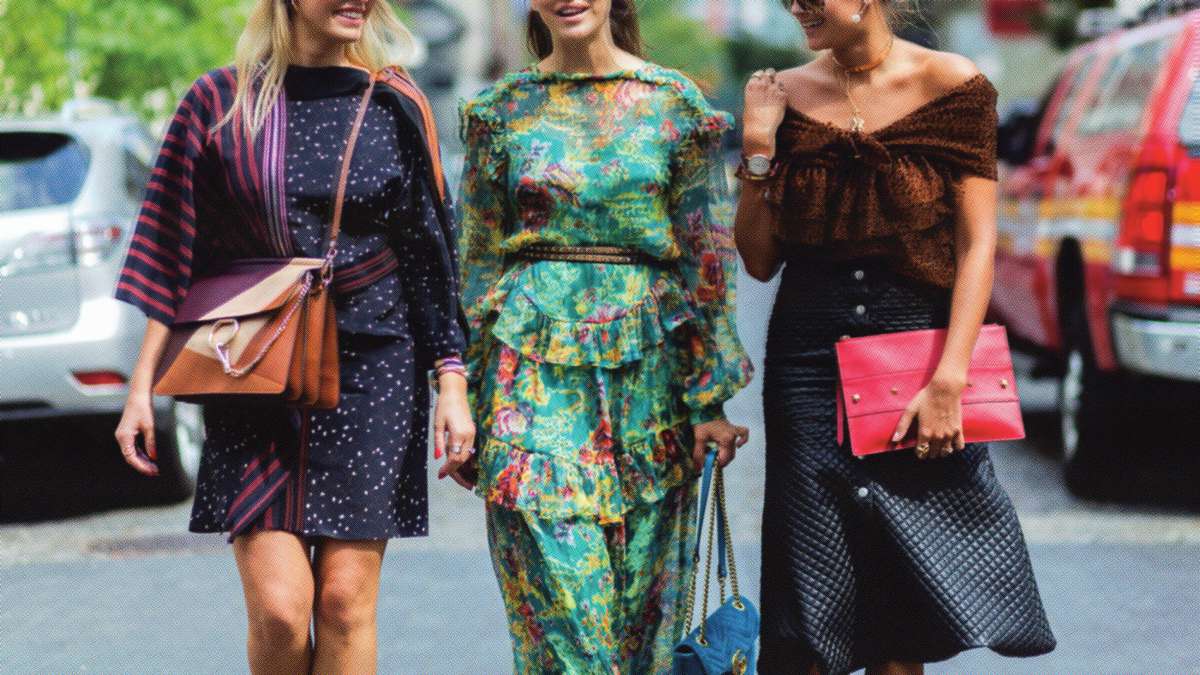Selecting a precious stone is a significant decision, habitually weaved with emotions, custom, and personal preferences. To ensure you settle on an informed choice, we provide a comprehensive guide on the most capable strategy to Selccionar diamantes, emphasizing the key aspects that define quality and worth. This guide will arm you with the information necessary to choose a precious stone that meets as well as exceeds your expectations.
Understanding the Four Cs of Diamonds
While selecting a gem, understanding the Four Cs — Carat, Cut, Assortment, and Clarity — is essential. All of these factors contributes to the overall worth and presence of the gem.
Carat Weight
Carat weight measures the size of the precious stone. One carat is equivalent to 200 milligrams. Greater diamonds are rarer and regularly more expensive. Regardless, carat weight alone does not determine a gem’s quality. It’s significant to offset carat weight with the other three Cs.
Cut
The slice of a precious stone refers to how well it has been shaped and faceted. This is significant because it affects the gem’s splendor and sparkle. The cut is graded based on how well the precious stone’s facets communicate with light. A particularly cut precious stone will display superior brightness and fire, making it more desirable.
Assortment
Precious stone assortment ranges from D (colorless) to Z (light yellow or brown). Colorless diamonds are the most significant, with a more noteworthy cost tag. Nevertheless, slight variations in assortment can be less conspicuous and more reasonable, especially in specific lighting. The best decision every now and again depends on personal tendency and spending plan.
Clarity
Clarity measures the presence of inside or outside flaws, known as inclusions and blemishes. A precious stone with higher clearness has less visible imperfections. Clearness is graded from Flawless (no inclusions or blemishes visible under enhancement) to Included (inclusions as well as blemishes visible to the unaided eye).
Choosing the Right Precious stone Shape
Diamonds come in various shapes, each offering an extraordinary appeal. While selecting a precious stone, consider which shape best suits your style and tendency.
Round Splendid
The Round Splendid cut is the most famous and customary shape. Its 58 facets grow splendor and sparkle, settling on it a timeless decision for wedding rings.
Princess
The Princess cut is a modern and sophisticated decision. With its sharp corners and uncommon faceting, it offers wonderful sparkle and a contemporary look.
Emerald
The Emerald cut features a rectangular shape with step-cut facets. It highlights clearness and provides a sleek, rich appearance.
Cushion
The Cushion cut combines a square or rectangular shape with rounded corners. It offers a classic energy and can upgrade the precious stone’s brightness.
Oval
The Oval cut is a stretched shape that provides an uncommon and exquisite appearance. It habitually appears greater than a round gem of the same carat weight.
Asscher
The Asscher slice is similar to the Emerald cut at this point is square with greater facets. It emphasizes clarity and offers a classic, stand-out look.
Marquise
The Marquise cut features a delayed shape with pointed ends. This cut maximizes carat weight and creates an impression of more conspicuous size.
Setting Styles and Their Impact
The setting of a precious stone can significantly impact its appearance and security. Various settings offer changing levels of assurance and esthetic appeal.
Prong Setting
The Prong setting uses metal claws to secure the precious stone. It allows most outrageous light to enter the gem, working on its brightness. This setting is usually used for solitaire rings.
Bezel Setting
The Bezel setting encircles the precious stone with a metal band, offering more essential security against hurt. It provides a sleek, modern look and is ideal for those with dynamic lifestyles.
Clear Setting
The Unmistakable setting features small diamonds set closely together to make a continuous sparkle. It enhances the center precious stone’s brightness and offers a luxurious appearance.
Channel Setting
The Channel setting involves placing diamonds in a score or channel along the band. It provides a secure and sleek look, ideal for both responsibility and wedding rings.
Assessing Gem Quality
Past the Four Cs, consider the gem’s testament from a real gemological laboratory, such as the Gemological Institute of America (GIA). This confirmation provides an independent assessment of the precious stone’s quality and authenticity.
Endorsement and Assessing Reports
A gem’s confirmation confirms its authenticity and quality. Respectable laboratories provide detailed checking on reports, remembering information for the Four Cs and any additional characteristics.
Appraisal
An appraisal is a specialist assessment of the gem’s worth. It provides an estimation of the gem’s worth, which is useful for insurance purposes and resale esteem.
Monetary arrangement Considerations
While lab created diamonds can be a significant investment, it’s essential to set a spending plan that aligns with your money related situation. Focus on the Four Cs based on your preferences and spending plan constraints. Sometimes, slightly compromising on one aspect can provoke a superior in everyday decision.
Finding the Right Retailer
Choose a genuine retailer with a strong history and positive customer reviews. A trustworthy jewel dealer will provide significant heading, offer ensured diamonds, and ensure a transparent purchasing process.
Last Thoughts
Selecting a precious stone involves something other than picking a wonderful gem. It requires careful consideration of the Four Cs, understanding various shapes and settings, assessing quality, and setting a reasonable spending plan. By following this comprehensive guide, you can confidently choose a gem that embodies your personal style and preferences.




